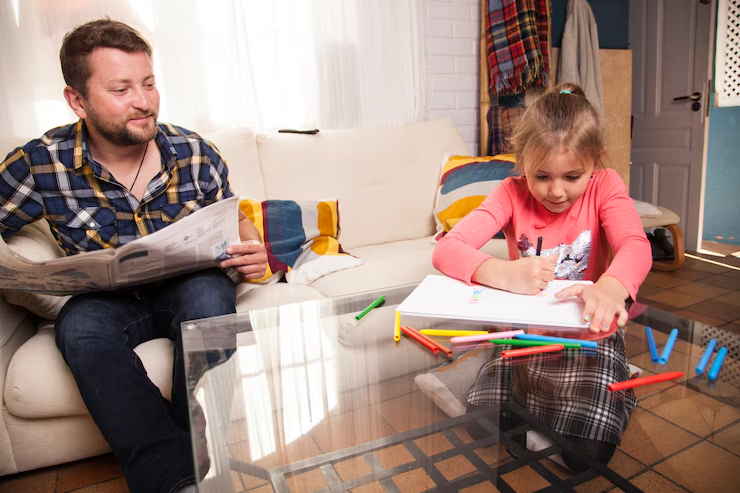Life is unpredictable. Natural disasters, medical emergencies, or unforeseen circumstances can strike at any moment, leaving us scrambling to gather essential information. This is where a well-organized Family Binder becomes an invaluable asset. By consolidating crucial details in one accessible location, you’re empowering yourself and your family to navigate challenges with greater ease and resilience with a simple family emergency binder.
The Importance of Preparedness
A family binder is more than just a collection of documents; it’s a proactive step towards safeguarding your family’s well-being. By compiling essential information in a centralized location, you create a safety net that can be a lifeline during times of crisis. Imagine facing a natural disaster or a personal emergency without knowing where to find vital documents like insurance policies, medical records, or contact information. The chaos and stress can be overwhelming.
A family binder offers a structured approach to emergency preparedness. It ensures that essential information is readily available, allowing you to focus on what truly matters: the safety and well-being of your loved ones.
Essential Information for Your Binder
While the Family Binder encompasses a wide range of personal and financial details, certain sections are particularly critical for disaster preparedness:
- Insurance and Medical: This section should include copies of health insurance cards, emergency contact information, vaccination records, and a list of medications for each family member. Consider adding information about any pre-existing medical conditions or allergies.
- Personal Finance: Having a record of financial accounts, including bank statements, investment portfolios, and credit card information, is essential for managing finances during a crisis. It’s also wise to include a list of important contacts, such as your bank, insurance agents, and financial advisors.
- Emergency Contacts: Create a comprehensive list of emergency contacts, including family, friends, neighbors, and healthcare providers. Consider designating an out-of-state contact person who can serve as a central point of communication for family members.
- Documents and Records: This section should contain copies of important documents such as passports, birth certificates, social security cards, and property deeds. Consider scanning these documents and storing them electronically as an additional backup.
Creating a Disaster Plan
In addition to gathering essential information, a family binder should include a detailed disaster plan. This plan outlines steps to take before, during, and after an emergency. Consider the following:
- Evacuation Routes: Identify multiple escape routes from your home and designate a meeting place for family members.
- Communication Plan: Establish a communication strategy, including primary and secondary contact methods.
- Emergency Supplies: Create a list of essential supplies to have on hand, such as water, non-perishable food, first aid kits, and flashlights.
- Financial Preparedness: Discuss how to access funds in case of emergency, such as using credit cards or withdrawing cash.
Maintaining Your Binder
To ensure the effectiveness of your family binder, it’s crucial to keep it updated. Review and revise the information regularly to reflect changes in your family’s circumstances. Consider creating a digital backup of your binder to protect it from physical damage.
By investing time and effort into creating and maintaining a family binder, you are taking proactive steps to protect your family’s well-being. It’s a tangible expression of your love and care, providing peace of mind in the face of uncertainty.
Remember, a family binder is a living document that should evolve with your family’s needs. Regularly review and update it to ensure its effectiveness in safeguarding your loved ones.







